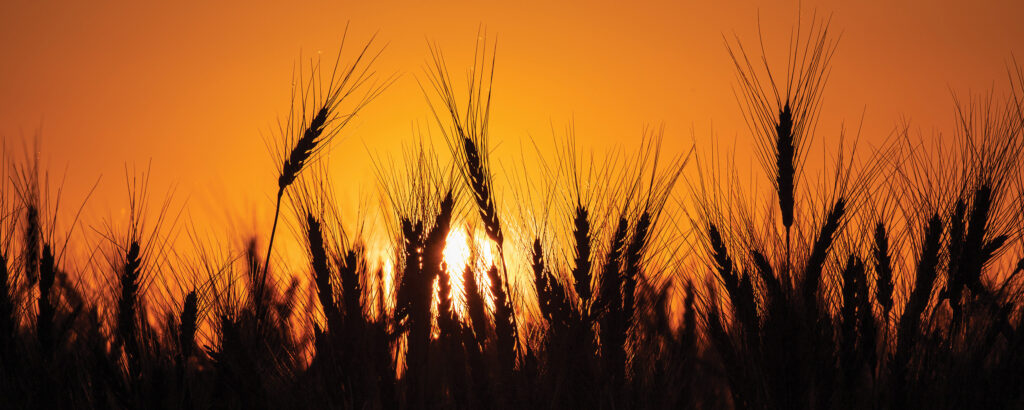Oklahoma State University Extension analyzes the economic toll of the COVID-19 impact upon Oklahoma’s farmers, ranchers, consumers and rural economy
By Amy Hagerman, Ph.D., assistant professor, Oklahoma State University department of agricultural economics and Mike Woods, Ph.D., professor emeritus, Oklahoma State University department of agricultural economics

Events of the early months of 2020 have engulfed the world in a way that challenges personal health as well as the vitality of our economic systems. In Oklahoma, though somewhat insulated as a more rural state, the novel coronavirus (COVID-19) disrupted lives, directly and indirectly impacting almost every community, every business and every household. Challenges like changing consumption patterns, supply chain disruptions and rapid transition to contactless or limited contact service may persist for some time.
For rural economies, COVID-19 was another blow for communities already dealing with multiple years of low commodity prices and reduced oil and gas production as of January 2020. This makes isolating the impacts of the pandemic difficult.
Part of what makes COVID-19 unique as compared to other economic challenges, like the Great Recession 12 years ago, is how rapidly things changed. There was little warning, and no slow decline.
Within a few months, every country around the globe and every sector of the economy was being impacted. The Center for Disease Control reported 1,994,283 cases of the virus in the United States as of June 11, with 112,967 deaths reported since the start of community spread on February 23, according to the U.S. Centers for Disease Control.
During the same time period in Oklahoma, there were 7,218 reported cases with 360 deaths. Hospitalizations for COVID-19 peaked at 562 on March 30 (as of publication deadline), and were reported at 164 on June 4, 2020, according to the Oklahoma Department of Health. This pandemic clearly has resulted in impacts felt throughout our country and state.
In agriculture, livestock sectors have had to balance supplying meat to near-empty grocery shelves with worker safety. As a result, processors and manufacturers that have consolidated packing and processing for efficiency have faced higher costs and lower rates of production. It is possible that a long-term change in meat price trends may result since protective measures may need to be in place for some time.
Some of the heaviest damages from COVID-19 occurred in the small business, tourism and food service sectors. Small businesses often had little cash on hand to weather the COVID-19 related closures and reductions in business.
Professional services like realtors and accountants may have fared better through a rapid change to telework, but one observation has never been more apparent – some rural areas do not have the same access to broadband technology that other regions of the state enjoy. If this digital divide does not improve, many rural businesses and rural families will face difficult times competing as the world likely shifts to more online activities.
Consumers may make choices moving into the future that are defined by their trust in safety standards and comfort in public interactions. It is possible that consumer actions have changed permanently as many of us have lived virtually online during the “Safer at Home” phase. Perhaps we will return to some semblance of past consumer choices and preferences.
Oklahoma businesses of all kinds may need to invest time in online marketing platforms, digital media and finding a way to create trust relationships with customers. Sectors like tourism may see a greater influx of tourists that stay in-state this year and take advantage of outdoor amenities. Now may be the perfect time to build additional Oklahoma pride in our many natural resources.
There is a lot of discussion regarding what the new normal will look like. Business practices, consumer choices and consumer demands may no longer look like pre-COVID standards. Opportunities may arise for entrepreneurs who can help other businesses pivot to the new environment.
We do not know how long impacts will last, and the shift to an online presence and enhanced consumer safety concerns could lead businesses to something new.
Only time will tell what the new normal will be; however, we can feel confident that the basics of business development and management will continue to be valid. Having sound business plans with appropriate management practices and a firm understanding of the market and consumers will matter, perhaps now more than ever.
